DailyDogo 1059 🐶
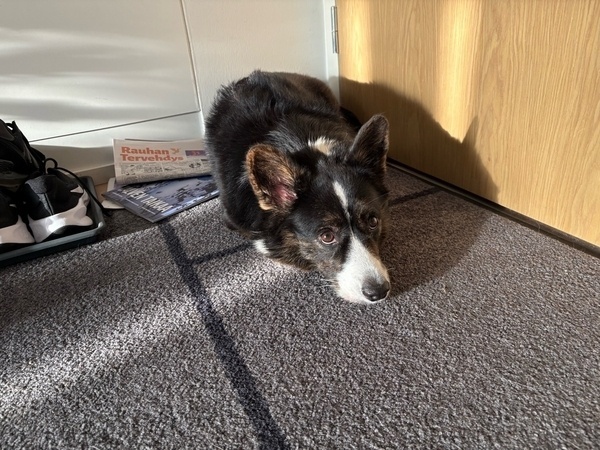
DailyDogo 1059 🐶

DailyDogo 1058 🐶
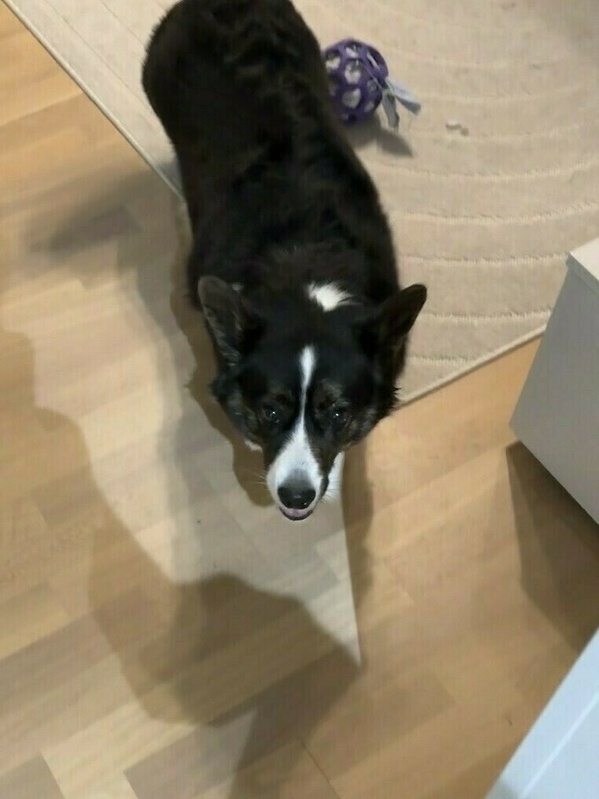
DailyDogo 1057 🐶

DailyDogo 1056 🐶

DailyDogo 1055 🐶
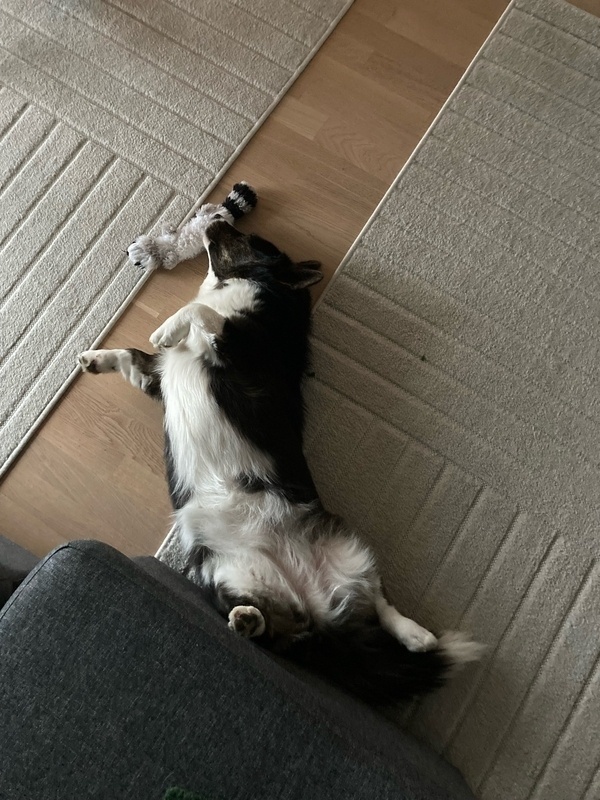
Even though I use it at times - we are kinda meant to at work; see also my latest stance vis-a-vis this topic - reading about AI and the gushing nonsensical optimism around it makes me so sad. I guess this is my stop? Is this where I’m supposed to be getting off this technological enthusiast train?
DailyDogo 1054 🐶
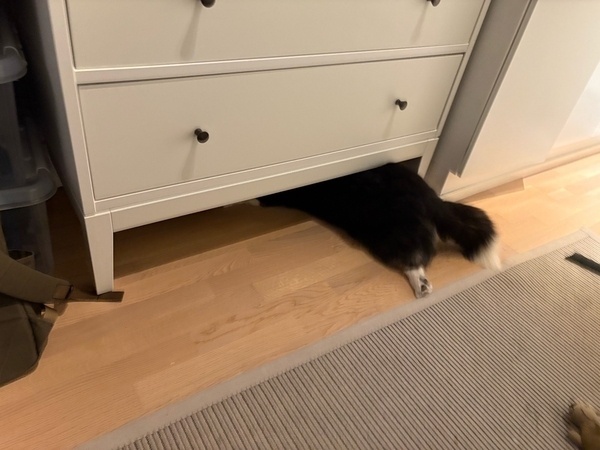
DailyDogo 1053 🐶

DailyDogo 1052 🐶
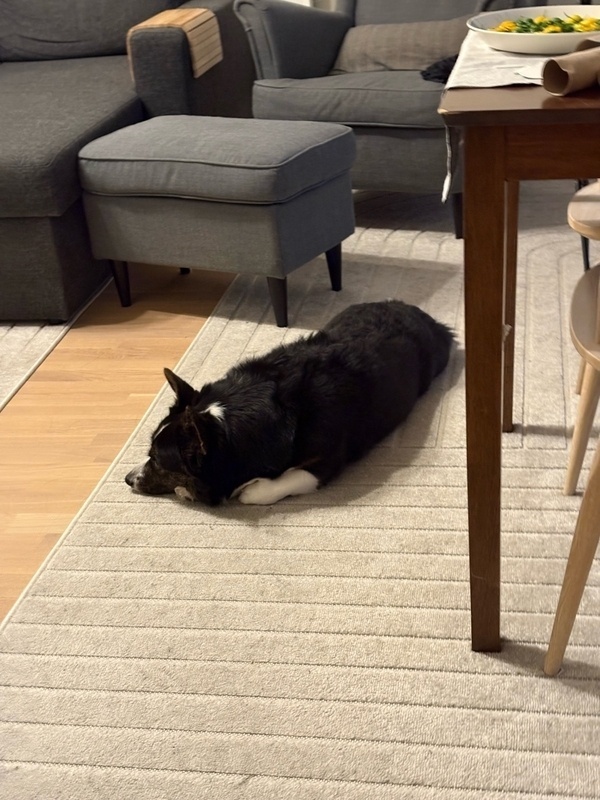
(chuckles) I’m in danger.
(I’m not. We are save here. But it sounds impressive.)
<img src=“https://cdn.uploads.micro.blog/44388/2024/cleanshot-2024-10-10-at-18.26.502x.png" alt=“A screenshot of a “severe wind warning”, by way of the apple weather app, in the northorn bay of bothnia (near Oulu, where I live) tomorrow (October 11). It says under severity: “Significant threat to life or property”.” width=“600” height=“437” />
I now own an anker 3-in-1 charger thingy and it’s the first time in a long time that I have a “dock” for my phone. Love it! I love having a dedicated location for the phone (and the watch and my air pods…). Keeps the desk clean - or at least makes it easier to clean. And wireless charging is great, too. 5/5 would recommend.
DailyDogo 1051 🐶
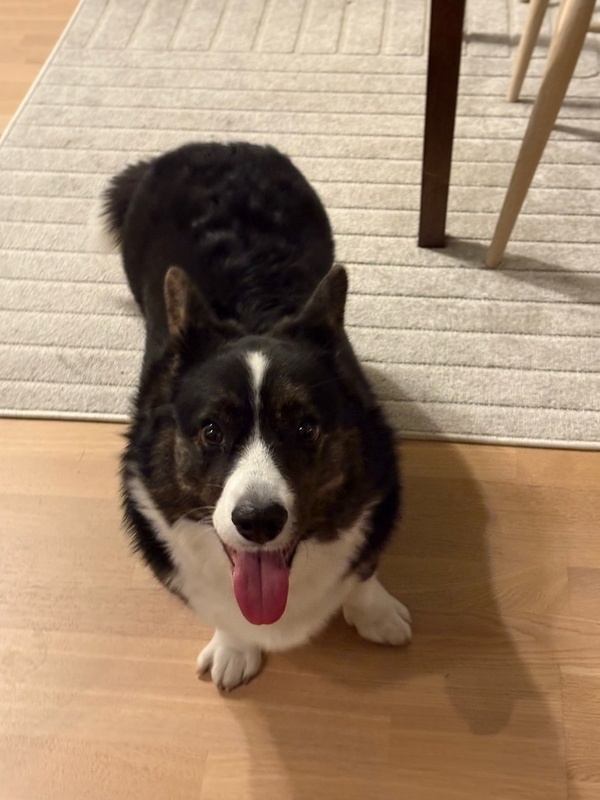
DailyDogo 1050 🐶
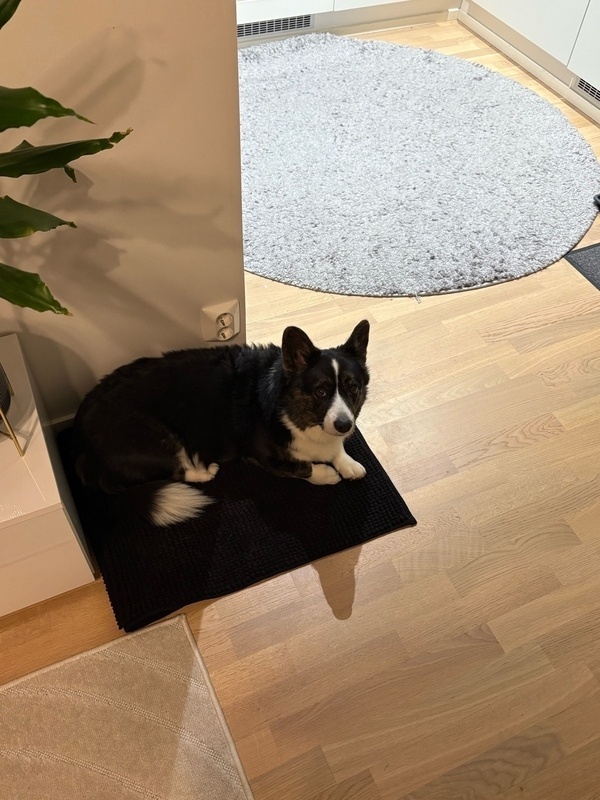
I seem to be my most productive web developer self, if I strip away any kind of styling whatsoever. Just write very basic html while writing the backend. THEN style. Doing both at the same time just never works right. I assume it’s too many spinning plates.
DailyDogo 1049 🐶

The new fridge is here. After weeks of living with a replacement fridge in the home office room it’s time for a properly sized fridge in the kitchen once more. 🥳
First Day of using DayOne again after my latest entry before that was from April 2018. But I yearn for a more prosaic and removed writing environment for my diary. Obsidian is my work horse, but I’d like to explore using a dedicated journaling app.
Gurman: Apple to Launch New M4 Macs and iPad Mini 7 on November 1
A new mini would be great. Here’s hoping that a new mini also gets a keyboard case/stand. I’m not actually in the market for a new iPad (I have a mini and the smaller M1 pro), but when it’s time I would want to go with a mini again.
DailyDogo 1048 🐶
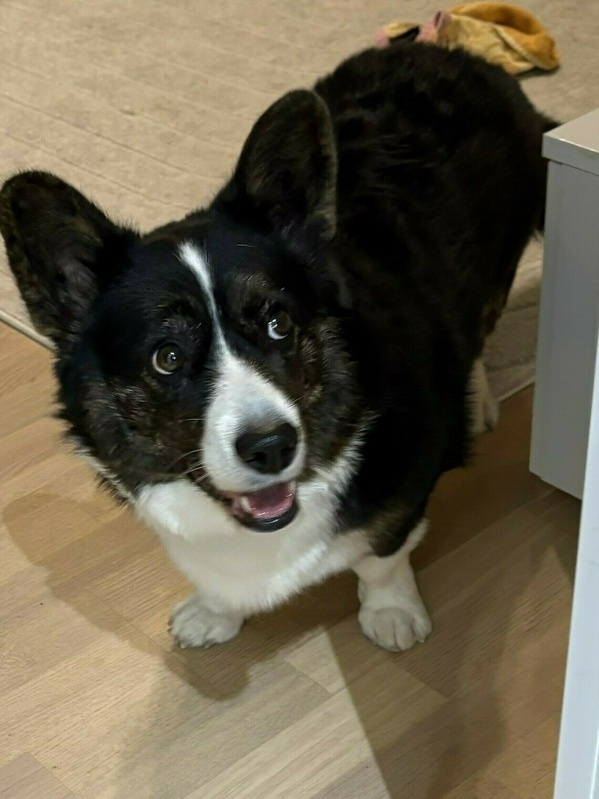
DailyDogo 1047 🐶
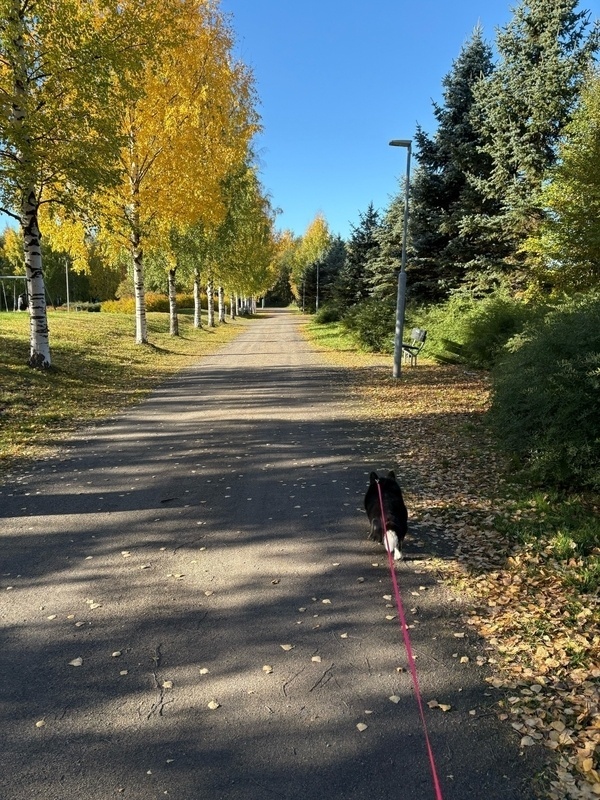
DailyDogo 1046 🐶
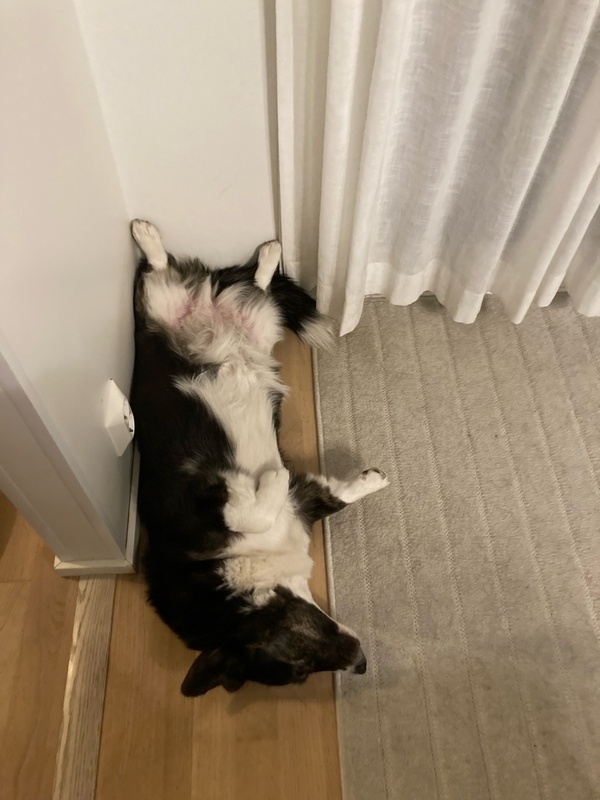
I’m probably in the minority, but I actually do like discord. I enjoy the more private community aspect that you get. That’s perfect for something like podcasts, streamer communities, etc.
A valid point of criticism is that if you have information that ought to be discoverable using a search engine and/or has archival value, that it shouldn’t be only available in these chat silos.
Still, I do appreciate the smaller scale and its semi-privateness quite a bit.
DailyDogo 1045 🐶
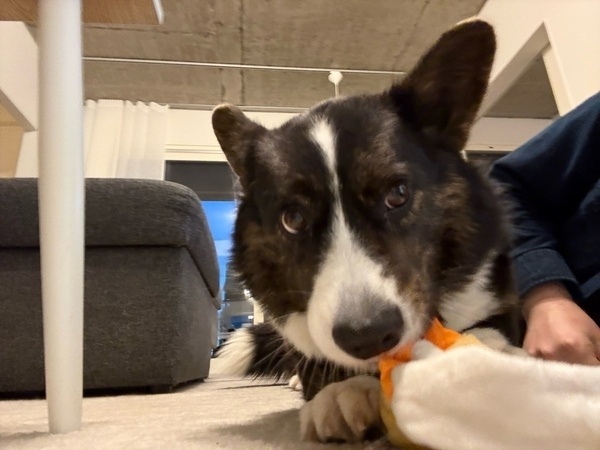
Really!? UPS Finland sent me a message basically saying “Your shipment is coming…”. I saw the notification, but didn’t bother to open it. Why would I? Well I finally got around to reading the whole thing and it says (not their exact words): “Your shipment is coming. If you don’t reply to us, we will drop off the package in some shop some distance away, instead of sending it to your original home address, where you’re comfy and content and expect the package to come. Oh and do so before 4 p.m. Oh it’s after 4 p.m.? Sucks to be you!”
DailyDogo 1044 🐶
